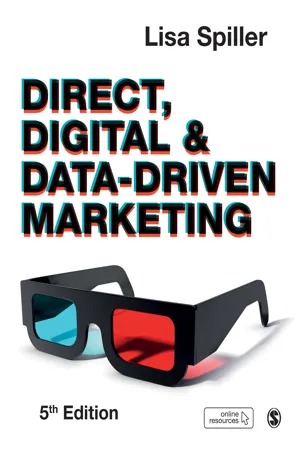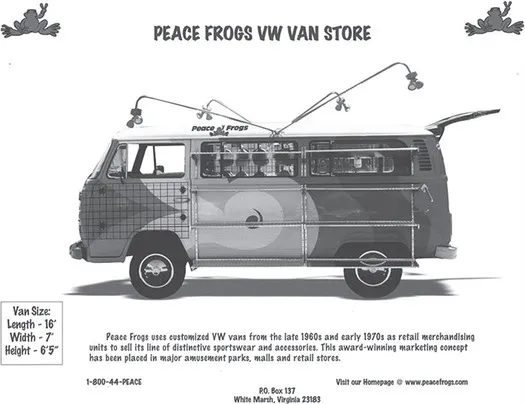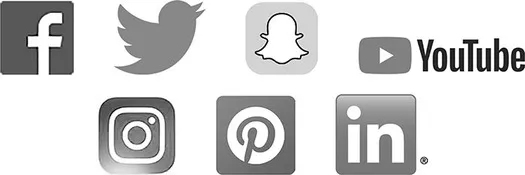
- 784 pages
- English
- ePUB (mobile friendly)
- Available on iOS & Android
Direct, Digital & Data-Driven Marketing
About this book
In this latest edition of her classic text, Lisa Spiller takes an insightful, in-depth look at contemporary marketing concepts, tactics, and techniques and the dynamic innovations that continue to drive and shape this multi-faceted, multi-dimensional field.
Direct, Digital, and Data-Driven Marketing recognizes the growth of the various digital formats as the newest interactive channels for conducting modern marketing. But it does not overlook the traditional principles of direct marketing still relevant today. This book examines the field both as it once was and as it is evolving.
With plenty of learning features online resources, the Fifth Edition provides an engaging journey, which will leave any marketing student with a thorough knowledge of how all kinds of businesses manage regular communication with their customer base and target demographic.
Frequently asked questions
- Essential is ideal for learners and professionals who enjoy exploring a wide range of subjects. Access the Essential Library with 800,000+ trusted titles and best-sellers across business, personal growth, and the humanities. Includes unlimited reading time and Standard Read Aloud voice.
- Complete: Perfect for advanced learners and researchers needing full, unrestricted access. Unlock 1.4M+ books across hundreds of subjects, including academic and specialized titles. The Complete Plan also includes advanced features like Premium Read Aloud and Research Assistant.
Please note we cannot support devices running on iOS 13 and Android 7 or earlier. Learn more about using the app.
Information
Part 1 Build, Develop, and Measure Direct Marketing Strategies
1 Processes and Applications of Direct Marketing
Chapter Contents
- The Scope of Direct Marketing 8
- Characteristics and Growth of Direct Marketing 9
- Definition and Description 9
- The Convergence of Direct and Brand Marketing 10
- Factors Affecting the Growth of Direct Marketing 11
- The Processes of Direct Marketing 14
- Direct Communication 1:1 17
- Multiple Media 17
- Measurable Response 18
- Database 18
- Customer Relationships 19
- Multichannel Fulfillment 19
- Omni-Channel Marketing 20
- Applications of Direct Marketing 21
- Users of Direct Marketing 21
- Nonprofit Organizations 23
- Political Organizations 24
- Governmental Organizations 28
- Sports Organizations 28
- Summary 32
- Key Terms 32
- Review Questions 32
- Exercise 33
- Critical Thinking Exercise 33
- Readings and Resources 33
- Case: Fear 2 Freedom 34
- Notes 40
Peace Frogs



The Scope of Direct Marketing
Find us on Facebook! Send us a Tweet!Follow us on Snapchat! View our Instagrams! Pin this now!Connect with us on LinkedIn! Watch us on YouTube!Check out what’s trending!

Note: The logos and icons shown in this figure are owned by the following companies: Facebook Inc., Twitter, Inc., Snap Inc., LinkedIn Corporation, Google, Inc., and Pinterest, Inc.
Mass media advertising as we know it today is on its deathbed. Advertising . . . agencies are restructuring to accommodate a harsher advertising reality, direct marketing is stealing business away from traditional advertising, and the growth of sales promotion and integrated marketing communications both come at the expense of traditional advertising.1
Characteristics and Growth of Direct Marketing
Definition and Description
Table of contents
- Cover
- Half Title
- Acknowledgements
- Title Page
- Copyright Page
- Acknowledgements
- Contents in Brief
- Contents
- Preface
- Using This Book
- Acknowledgments
- About the Author
- Online Resources
- Part 1 Build, Develop, and Measure Direct Marketing Strategies
- 1 Processes and Applications of Direct Marketing
- 2 Database Marketing and Customer Relationship Marketing
- 3 Lists and Market Segments
- 4 Marketing Analytics: Testing and Measurement
- Part 2 Create and Place Direct Marketing Campaigns
- 5 The Offer
- 6 Creative Message Strategies
- 7 Print Media
- 8 Television, Radio, and Digital Video
- 9 Mobile, Text, and Telephone for Marketing
- 10 Digital and Social Media
- Part 3 Serve and Adapt to Customers and Markets
- 11 Business-to-Business (B2B)
- 12 Fulfillment and Customer Service
- 13 Environmental, Ethical, and Legal Issues
- 14 International Direct Marketing
- Part 4 Applications, Examples, and Careers in Direct, Digital, and Data-Driven Marketing
- Comprehensive Case A Domino’s: Meeting Customers Wherever and Whenever to Grow Sales
- Comprehensive Case B Oozlefinch Craft Brewery: A Small Brewery with Global Plans
- Appendix A The Martin Agency: Developing a Direct Marketing Campaign
- Appendix B Careers in Direct and Interactive Marketing
- Appendix C Branded Digital Marketing Certification Programs*
- Appendix D Direct and Digital Marketing Campaign Proposal Guide1
- Glossary
- Index